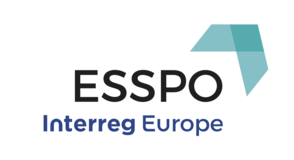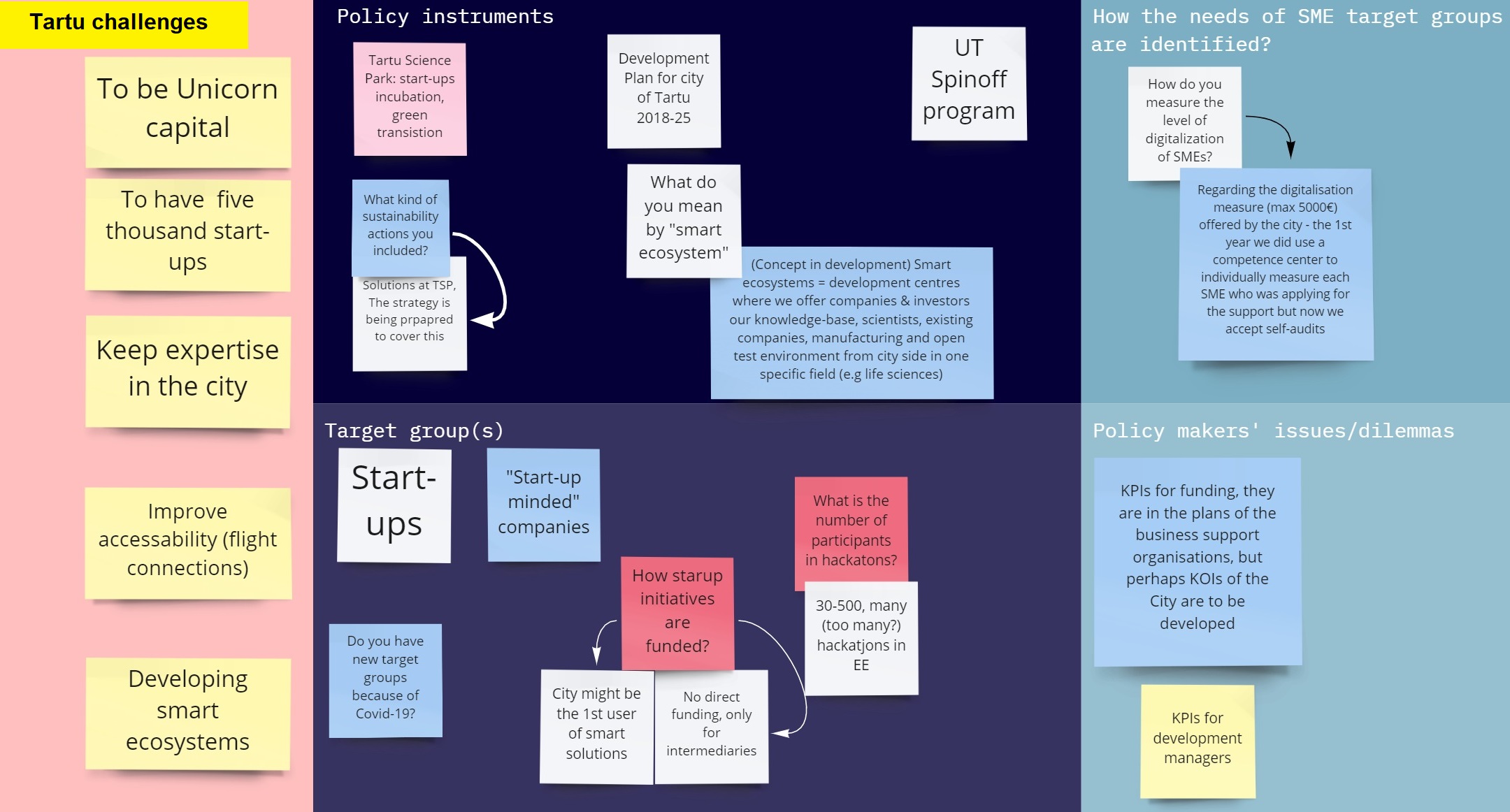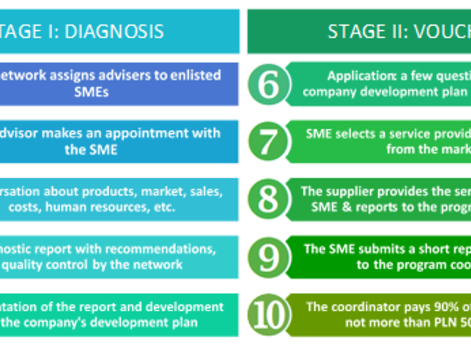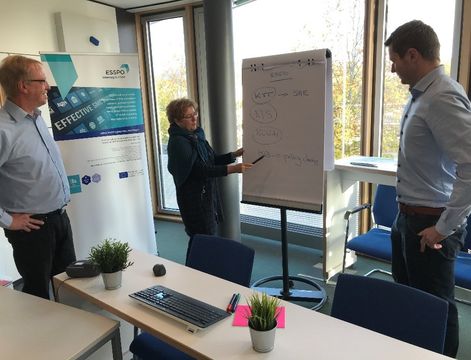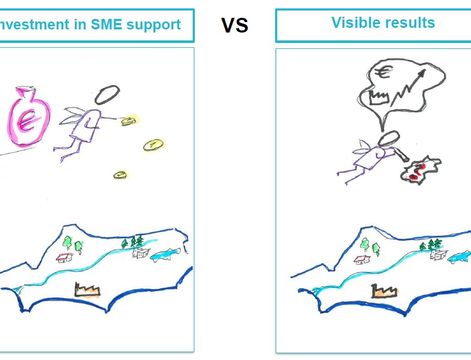HOW MIGHT WE make communication effective among all the stakeholders, understand the real needs of companies, assess both innovative and expected market potential of the projects, help companies to effectively implement innovation, adjust support to individual needs of companies ? ESSPO partners worked on solutions to these and many others questions during the project meeting in Tartu, Estonia, 7-8 June. The main objective of the workshop was to look for good practices and solutions to the most important issues set by stakeholders in the partner regions at the workshops held this spring.
The meeting get started with plenary session when Christian Saublens presented the issue of recognition of SME needs. Our expert pointed out 4 types of companies’ needs:
• The obvious ones, for instance: innovation, access to external sources of finance, e-commerce, export, digitalisation of the production process, networking with academia,
• The expressed ones, for instance: lack of money to invest, lack of time or of skilled workforce to innovate or export, simplification of the administrative process,
• The real ones, for instance: the capacity to absorb and maximise the benefits of public support, skilled staff, diversification of the product range or of geographical sale zones, modernisation of the production process, search for the first clients for the new products or services, enhancing or accelerating the innovation pipeline, finding international partners,
• The cultural or hidden ones: no entrepreneurial spirit of the population, entrepreneurs do not desire to grow their business, lack of cooperation trust between entrepreneurs and researchers, insufficient working capital of the VC instruments, too many family-owned or life style enterprises, dogmatic or bureaucratic approaches of the public penholders.
Partners agreed to share the existing tools to diagnose the SMEs needs, such as questionnaires from Gabrovo and Wielkopolska and individual need diagniostic tool form Centre-Val de Loire. Then with Chrsitian Saublens they will work out a joint approach.
Then we switched to the questions of managing innovation support network and held by Jean Marie Pruvot from NFID of Hauts de France. His many year experience says that the 3 conditions for the network to success are:
• Have a project or a target likely to mobilise the network, you can't gathered people only for the pleasure to be together.
• Begin small in order to get strong relationships between members before growing.
• Chose the good person for the network animation, a dedicated full time community manager.
After those inspiring presentation partners started to work on previously defined Task Forces which are: network and communication; monitoring, evaluation and communication; needs of SMEs and communication; implementation, bureaucracy and communication.
All of the groups identified the solutions which can be implemented in regions, for example:
• Motivation of intermediaries to provide high-quality support to SMEs: by acknowledging the best service providers, empowering and delegating, assessing the quality and results, increasing competition but also the collaboration among intemediaries and penalizing low performance.
• Partners agreed to create the tool for SMEs needs monitoring.
• As to evaluation, Hameln-Pyrmont district will implement the scheme for data collecting in order to measure the influence and effectiveness of regional SME support instrument. The solution was assessed in terms of ease of implementation (easy vs. difficult to implement), short-term or long-term orientation, expected impact (low impact vs. high impact), and resources consumption (cheap vs. expensive in terms of time, financial and human resources). The prevailing opinion was, that the solution would be quite easy to be implemented, not very resources consuming and with high expected impact.
• Implementation should be more adapted to companies’ individual situation as well as increasing the influence of content related aspects of SME support instruments.
